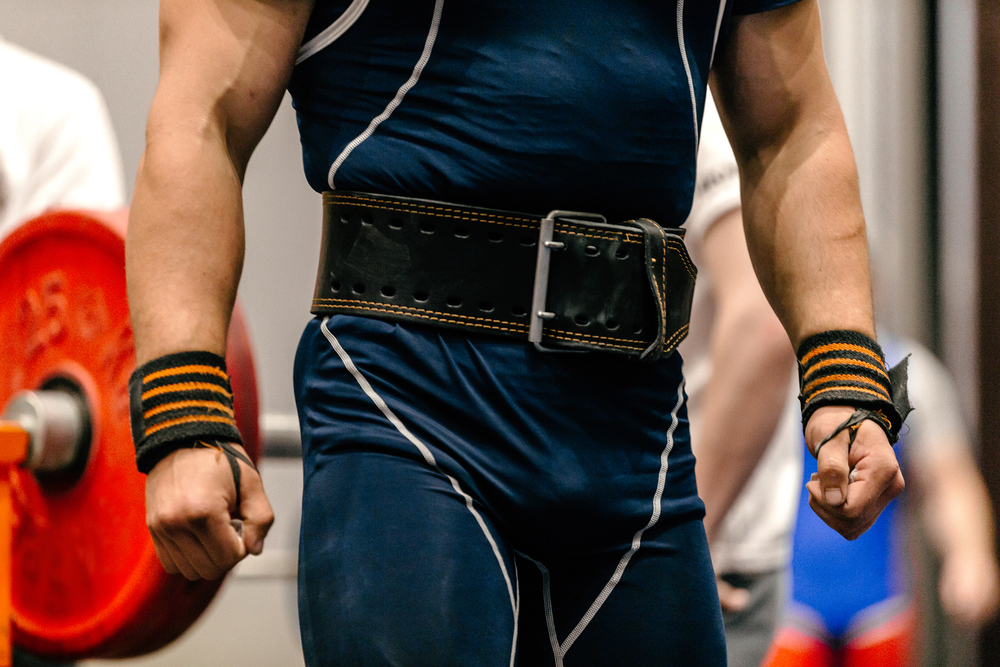
Getting Strong With Cardio
To many people, this idea of getting stronger with cardio seems odd. It almost seems contradictory. But that’s exactly what some of the greatest strength athlete’s in history did. That’s because any form of training that taxes the cardiorespiratory system can improve the capillary density of the muscles. This, in turn, can enhance everything from strength endurance to your recovery rate between sets. Let’s look at the sport of Strongman as an example (a sport that contains some of the world’s largest and strongest athletes).
Five-time World’s Strongest Man Mariusz Pudzianowski was famously a boxer before taking up the sport of strongman and notably incorporated intense skipping sessions into this training before most weights sessions. Also despite weighing 150kg Strongman legend Geoff Capes was rumoured to have a pretty impressive 200m-sprint time clocking 23.7 seconds. Equally, 3-time world’s strongest man Bill Kazmaier was a huge advocate of cardio training and heavily incorporated it into his training throughout his career.
Muscle Patterns During Cardio
Why? A study published in the Journal of Applied Physiology set out to monitor the adaptive changes in the muscles that occur during intensive endurance-based training. Scientists took seven athletes and had them complete a 24-week training program that was heavily cardio based. After 24 weeks muscle biopsies were taken and it was found that athletes displayed, “an increased capillary supply of all muscle fibre types.” They concluded that this in turn would improve the efficiency of the entire cardio respiratory system.
For strength athletes this would also mean faster recovery rates between sets and therefore an ability to increase work rate. Especially important for anyone involved in high volume training or anyone who performs super-sets, drop-sets and even forms of ‘pyramid’ training like DTP (Dramatic Transformation Principle), which typically involves a rep scheme of 50-40-30-20-10-20-30-40-50.
Cardio With Other Training Methods
But most notably a well-designed cardiovascular routine has been shown to work very well in conjunction with German Volume Training (GVT) to increase muscle mass. Often referred to as the “tens sets method” this is one of the oldest and most effective forms of training that involves completing 10 sets of 10 repetitions. Believed to have originated in Germany in the 1970’s it was made popular by Germany’s weight lifting coach Rolf Feser who advocated it’s use to weight lifters who wanted to move up a weight class during off-season. Canadian weightlifter Jacques Demers—silver medallist in the Los Angeles Olympics—also famously used this training protocol and credited it for the renowned size of his thighs.
Now the entire program works on the premise that you subject the muscles to an extensive volume of repeated efforts on a single exercise. The muscles are then forced to adapt and grow as the body is loaded above its habitual level (what it’s accustomed to). Typically it involves choosing a large compound movement such as the squat, bench or deadlift and using a weight that’s roughly 60% of your 1 rep. max (or a weight you could perform 20 repetitions with). You then perform 10 sets of 10 repetitions, with 60 to 90 seconds rest in between.
As a hypertrophy-inducing training protocol very few programs are supported by as many experts as German Volume Training. Gains of 10 pounds are not uncommon in 6 weeks, even in the most advance lifters. But it’s clear to see how cardio and an improved capillary density can help you in those final sets. Since even the strongest of athlete’s would struggle without any endurance capability and as a result would be unable to complete the workload recommended by GVT training to increase muscle mass.
- Tommy R. Lundberg, Rodrigo Fernandez-Gonzalo, Thomas Gustafsson and Per A. Tesch (2012) ‘Aerobic exercise does not compromise muscle hypertrophy response to short-term resistance training’ Journal of Applied Physiology January 1, 2013 vol. 114 no. 1 81-89
- Frederick P. Prince, Robert S. Hikida, Fredrick C. Hagerman (1976) “Human muscle fiber types in power lifters, distance runners and untrained subjects” Pflugers Archive, 1976, Volume 363, Issue 1, pp 19-2
- Dr Anthony C. Hackney (1989) “Endurance Training and Testosterone Levels.” Sports Medicine, August 1989, Volume 8, Issue 2, pp 117-12
- F Ingjer (1979) “Effects of endurance training on muscle fibre ATP-ase activity, capillary supply and mitochondrial content in man.” September 1, 1979 The Journal of Physiology, 294, 419-432.






No Comments yet!